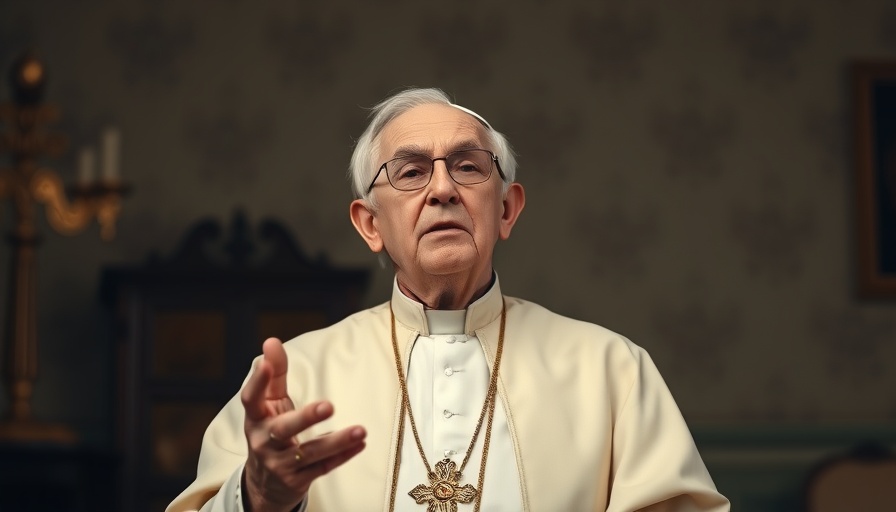
Tensions Escalate in Los Angeles Amid No Kings Day Protests
As the sun set over Los Angeles on June 14, 2025, the atmosphere was charged, a direct reflection of the political climate that has gripped parts of the United States. Crowds fueled by discontent gathered for the "No Kings Day" protests, a coordinated effort nationwide opposing actions from the current administration. With marines on duty in the city for the first time following a wave of protests against Immigration and Customs Enforcement (ICE) raids, the stakes were raised dramatically.
Historical Context of Protests Against Immigration Enforcement
The protests resonated deeper than current administration policies; they tapped into a larger historical narrative surrounding immigration in America. Over the decades, communities have mobilized against perceived injustices, with the civil rights movements of the 1960s echoing in today’s protests. The sentiment against militarized enforcement, especially in immigrant-rich areas, reflects ongoing struggles that many families face. This context is vital for understanding the passionate response seen in Los Angeles and beyond.
Community Response and Public Sentiment
According to event organizers, over 2,000 protests took place across the nation, bringing together more than 5 million participants advocating for change. While peaceful in many cities, the Los Angeles protests devolved when tensions peaked. As protesters faced off against police, some engaged in hostile actions, allegedly throwing concrete and fireworks. This reaction illustrates a broader frustration within communities who feel unheard and marginalized. Parents, homeowners, and citizens alike are likely exploring the implications of these protests on safety and community cohesion.
What Led to the Violence? Understanding Protest Dynamics
While many protests remained peaceful, the incidents of violence in Los Angeles warrant deeper examination. Law enforcement escalated tensions, claiming protesters used objects as projectiles. This narrative raises critical questions: How does police presence affect the dynamic of peaceful protests? Could the initial peaceful intent be overshadowed by reactive violence? Understanding these situations can provide insight into conflict resolution, especially among families directly impacted by ICE policies.
Comparative Analysis: Protests in Other Cities
Not all protests ended with violent confrontations. In cities like Boston and Austin, demonstrators successfully communicated their messages without significant disruption. This inconsistency highlights varying approaches by different law enforcement agencies and the uniqueness of each city’s cultural context. How local governance impacts public protests is a point of discussion among stakeholders, including homeowners concerned about property safety amidst civil unrest.
Future Predictions: Predictions of Continued Dissent
As political tensions increase, predictions suggest continued protests will occur across the United States. With more families feeling threatened by federal policies, that sense of urgency is likely to spur more organized demonstrations. Understanding these trends can be critical for those who want to engage with community leaders and support local initiatives aimed at improving discussions surrounding immigration policy.
Local Impact and Long-Term Effects
The protests raise essential questions for local residents and government agencies. What measures can ensure safety while addressing valid concerns raised by demonstrators? Law enforcement, local governments, and community leaders must work together to approach these complexities with care and empathy. For families watching these events unfold, the realities of civic engagement and personal safety will continue to be a focal point as they grapple with these ongoing issues.
In conclusion, as our society navigates these challenging times, understanding the pulse of these events is crucial. Whether you’re a parent, homeowner, or concerned citizen, staying informed allows you to participate meaningfully in community dialogue.
 Add Row
Add Row  Add
Add 




 Add Row
Add Row  Add
Add 

Write A Comment